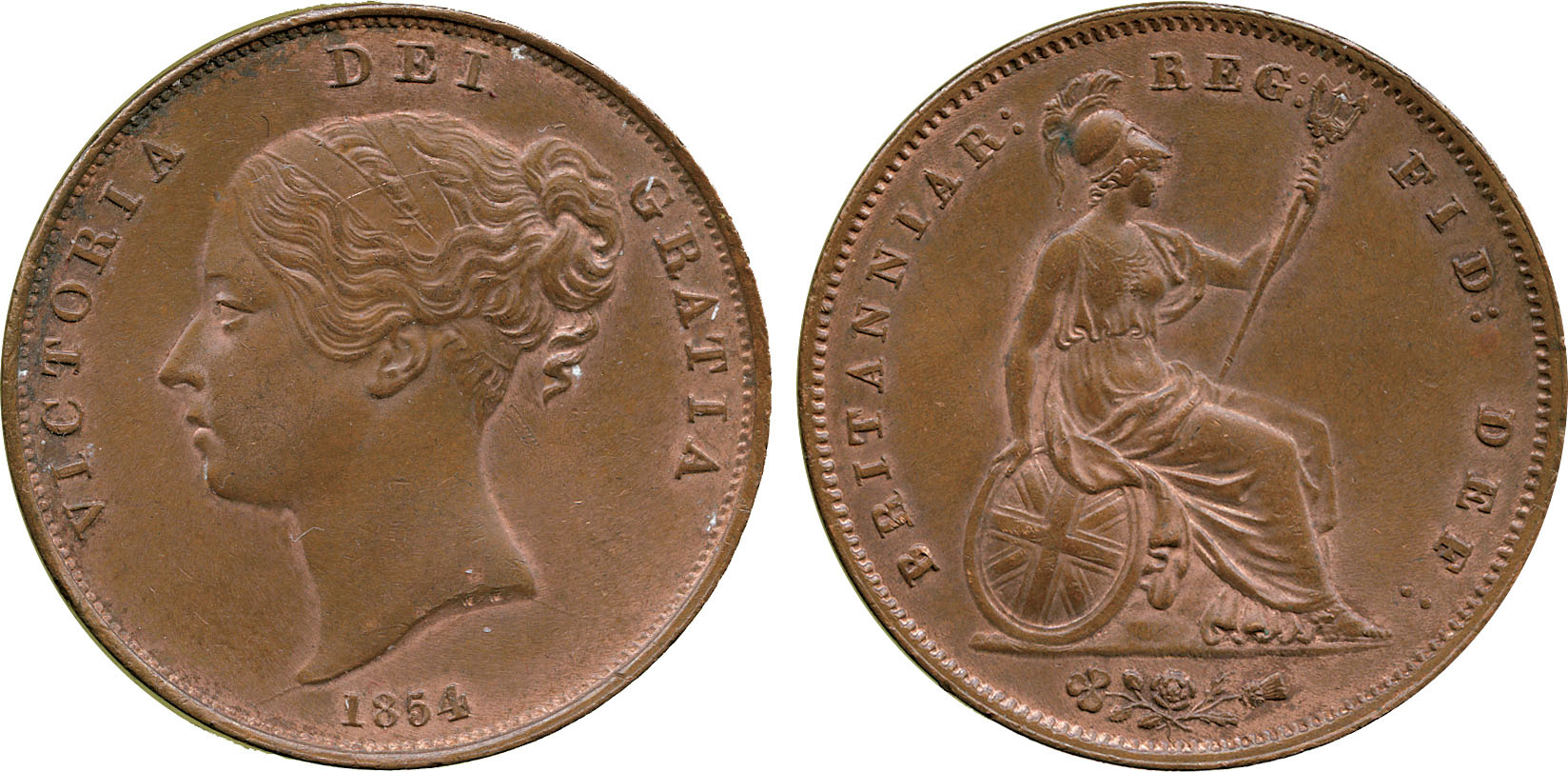1901 Penny
1901 Indian Head Penny The 1901 Indian Head Penny is one of the final few editions of the Indian Head series. For collectors, it is important to get their hands on coins from this year as it will be necessary to complete any collection. Of course, even more important is getting your hands on one of these coins in excellent condition. 1901 Indian Head Penny. CoinTrackers.com has estimated the 1901 Indian Head Penny value at an average of $2.50, one in certified mint state (MS+) could be worth $60. USA Coin Book Estimated Value of 1901 Indian Head Penny is Worth $3.14 in Average Condition and can be Worth $40 to $60 or more in Uncirculated (MS+) Mint Condition. Proof Coins can be Worth $152 or more. Click here to Learn How to use Coin Price Charts. Also, click here to Learn About Grading Coins. What is a 1901 US penny worth? Value, specifications, and images for the 1901 indian head one cent coin from the United States of America Sheldon Coin Grading System - pg 1, circulated coins. The 1901 UK penny obverse features the robed bust of the older Queen Victoria facing left, adorned with jewellery and wearing a tiara beneath a veil (veiled head).
The 1901 Indian Head pennies have value as numismatic coins. Keep reading to learn more about these one cent coins.
Specifications
Type: Indian Head Penny
Year: 1901
Face Value: $0.01
Composition: 95% copper, 5% tin and zinc
Total Weight: 3.11 grams
There is no mint mark on this coin. Each coin was minted in Philadelphia.
| Series | Location | Quantity Minted |
|---|---|---|
| 1901 | Philadelphia | 79,609,158 |
| 1901 Proof | Philadelphia | 1,985 |
Value

The 1901 Indian Head penny is worth around $2 in good condition. In very fine condition the value is around $6. In extremely fine condition the value is around $10. In uncirculated condition the price is around $40 for coins with an MS 60 grade. Uncirculated coins with a grade of MS 63 can sell for around $60.
The 1901 Indian Head proof penny is worth around $150 in PR 63 condition.
Grading System
Good- The word 'LIBERTY' inscribed on Liberty's headband is not visible.
Very fine- The word 'LIBERTY' inscribed on Liberty's headband is visible but there is slight wear.
Extremely fine- The word 'LIBERTY' inscribed on Liberty's headband is sharp. The other details on the coin are also sharp. There is slight wear on the end of the ribbon.
MS 60 uncirculated- There are no signs of wear. The coin has luster, but there may be a few stains, abrasions, or surface marks.
MS 63 choice uncirculated- In the major focal areas there are some blemishes or contact marks. The coin's luster might not be as prominent.

PR 63 proof- This coin has reflective surfaces and only a few blemishes away from the major focal points. There are no major flaws.
1901 Penny Price
Sources:

The Red Book
See also:
1902 Indian Head Penny
1900 Indian Head Penny
1899 Indian Head Penny
- 1901 Indian Head Pennies
Coin Info
1901 Penny Value Chart
1901 Penny Indian Head
1901 Indian Head cents were struck in abundant numbers and remain common to this day. 1901 pennies are often encountered in mixed-date rolls and bags of Indian Head cents, and they’re easily found in grades ranging from Good-4 to Mint State 63. Anyone who’s looking for 1901 Indian Head pennies can find them at nearly any U.S. coin shop.
1901 Indian Head cents were made huge quantities, with 79,609,158 business strikes rolling off the presses that year. Proof specimens were also made, but in much smaller numbers, as just 1,985 struck. Business strikes retail for $1.75 to $2 in a grade of Good-4, and proofs cost $1,275. 1901 pennies are quite affordable for most coin collectors, so you should be able to find wholly original, uncleaned pieces for a price that can suit your budget.
James B. Longacre, Chief Engraver at the United States Mint from 1844 until his passing in 1869, designed 1901 Indian Head pennies. Longacre’s daughter, Sarah, served as the model for the figure of Miss Liberty, who is shown on the Indian Head penny in a traditional Native American headdress. In addition to 1901 pennies, Longacre also designed the two-cent coin, which in 1864 became the first U.S. coin to bear the motto IN GOD WE TRUST.